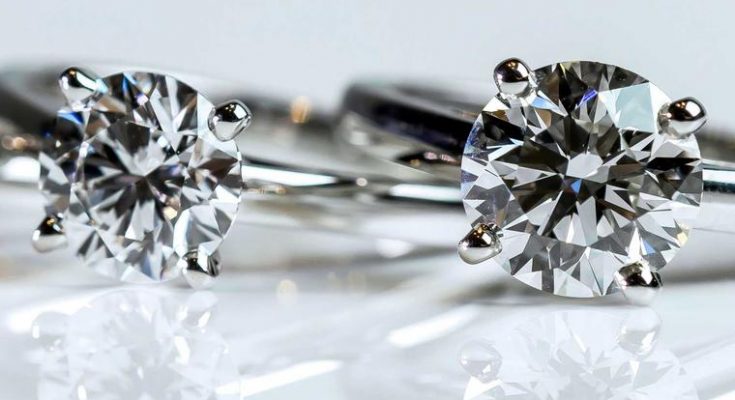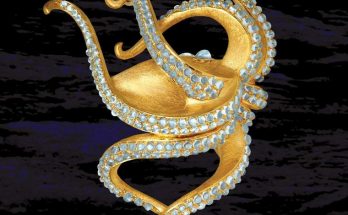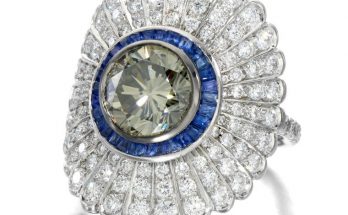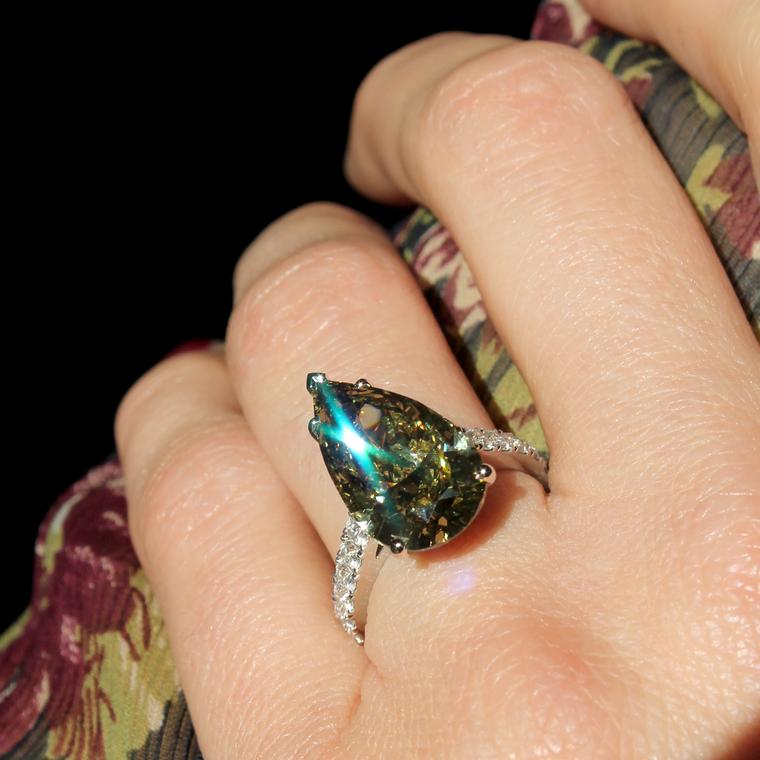All diamonds are rated on four variables — cut, clarity, color and carat weight — that are utilized to ascertain their general quality and, finally, their selling price.
The universal benchmark for estimating the quality of a diamond has been initially released with the Gemological Institute of America (GIA) from the mid-20th century and this International Diamond Grading System has become utilized to appraise diamonds from all around the world. Familiarising yourself with all the 4Cs will make it much easier to compare 1 diamond to a different based equally in their visual appearance as well as the grades in their certifications.
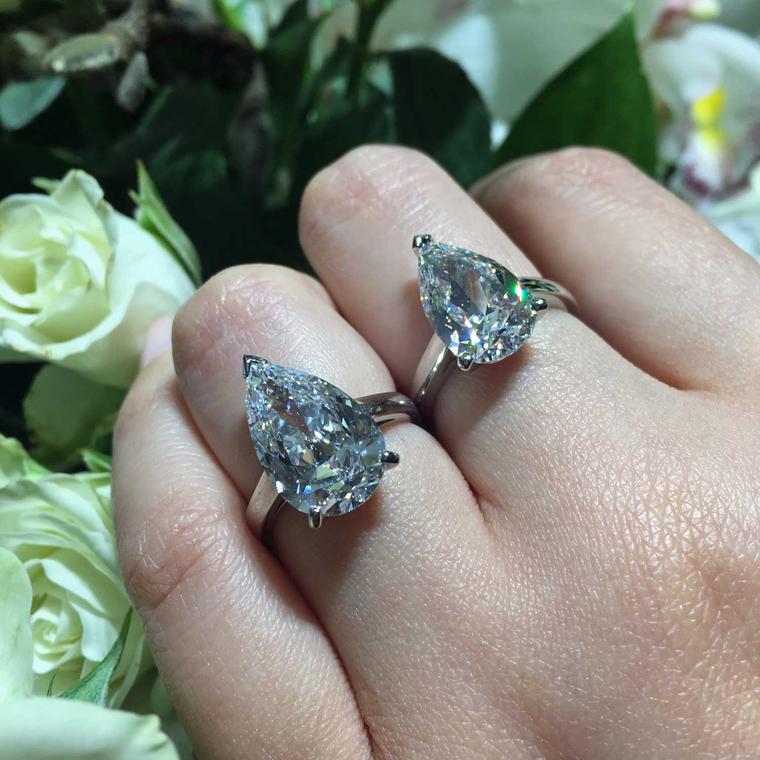
Because diamonds have been formed deep inside the ground, where they have been subject to extreme heat and pressure, it’s extremely uncommon to discover a rock with no structural imperfections. Whenever these exceptional birthmarks are on the rock’s surface they’re known as flaws, and whether the defects are on the interior they are called inclusions.
The latter are constantly obviously shaped and contain air bubbles, cracks and non-diamond minerals located within the diamond. Blemishes, on the other hand, are natural or manmade and generally a result of the improper functioning of their diamond or chips and scrapes that could happen during the cutting procedure. These surface imperfections are inclined to be less of an issue since they may frequently be polished off and ordinarily do not inhibit light from getting into the diamond. While every attempt will be made to disguise inclusions, these can stay within the rock even if they aren’t observable to the naked eye.
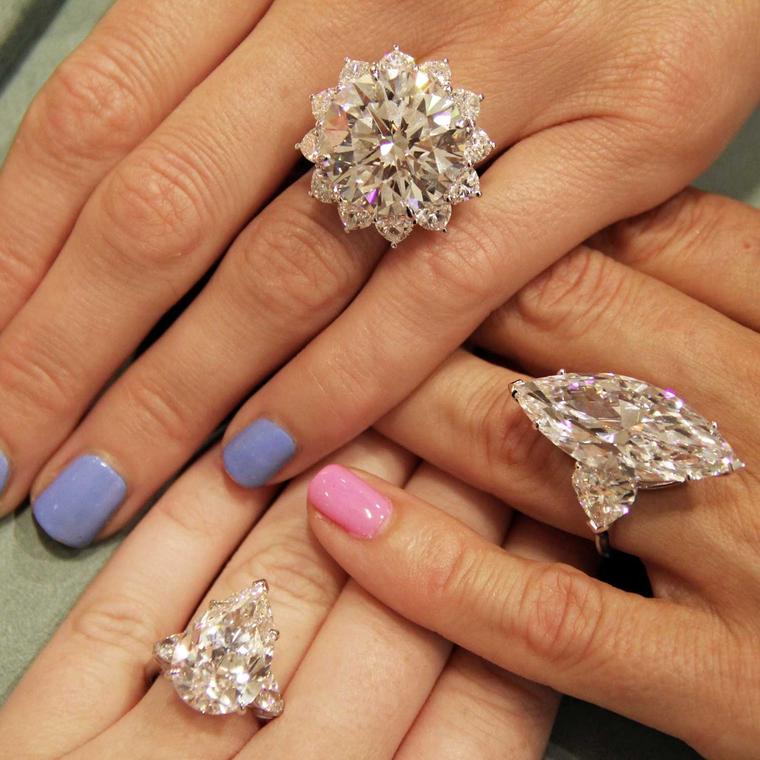
The GIA clarity scale, over, measures the scope of those internal and external defects, and understanding just how the scale works will help you discover the appropriate diamond inside your budget. It’s crucial to keep in mind that no two diamonds are precisely the exact same and nearly every diamond contains imperfections of any sort when seen under the 10X magnification used throughout the grading procedure.
The GIA scale includes six classes, broken down to 11 distinct ranges that diamonds have been put into determined by the size, character, position, color and amount of inclusions and flaws. The one difference between both of these groups is that flawless gems have observable polishing lines onto the surface, even though the diamond itself remains entirely free of inclusions. Perfectly colourless and flawless diamonds signify a little 0.001percent of all diamonds mined globally, which makes them not just exceedingly uncommon but also eye-wateringly costly.
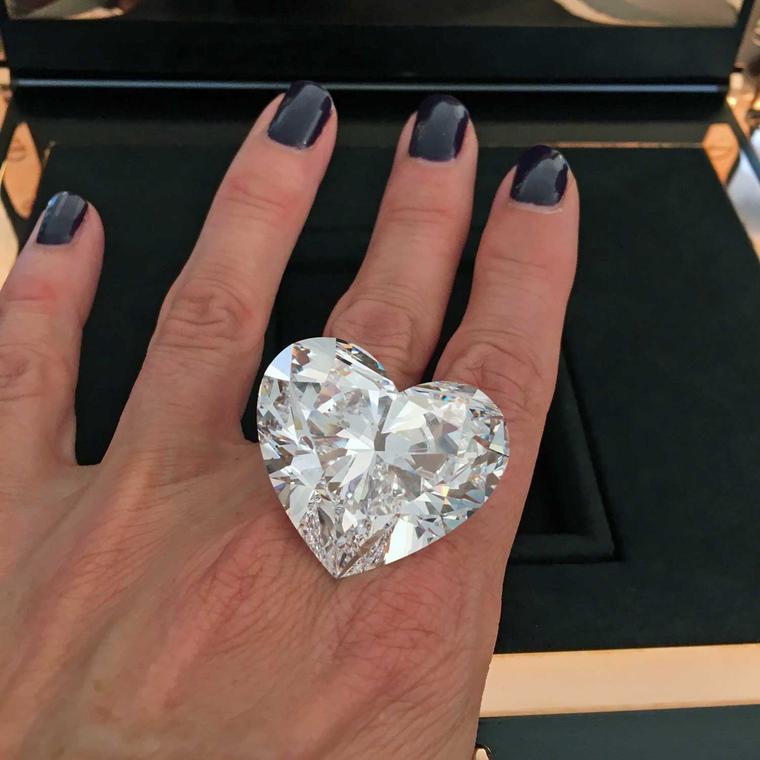
As we proceed farther down the scale to the Slightly Included (SI1 and SI2) level, the oceans begin to have a little murkier and inclusions can affect the overall look of the diamond without a microscope. At precisely the exact same time, you will find SI2 diamonds which are”eye wash” — in other words that they seem to be just like a VVS or VS diamond when viewed without magnification. But, Mehdi Saadian, manager of the GIA School in London, points out that without visible defects, a lower clarity grade could have an effect on a bead’s wellbeing. “Diamonds with reduced clarity levels are considered less lasting due to their inclusions can sometimes worsen over time, which might influence quality and durability.”
Since most exterior and interior defects can’t be recorded on a photo, the GIA employs a diamond storyline to reveal the kind and position of every flaw which affects a diamond’s clarity grade. The color is used to exemplify surface blemishes while reddish signifies inner inclusions. On the other hand, the storyline isn’t a true representation of their visual look of a diamond. An SI1 or pearl may have a relatively clean plot with just a couple of defects, but these can be so awful as to be visible without magnification.
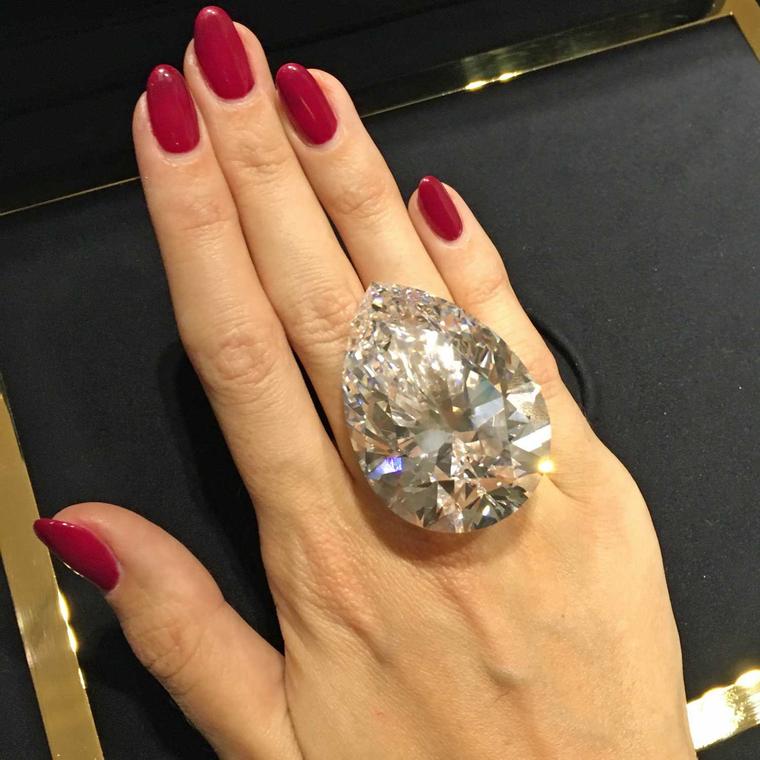
The place of an addition also impacts its own visibility and diamond cutters always work to cut a rock so the inner defects can’t be viewed via the table of this polished stone. Inclusions which are beneath the bezel aspects or near the girdle would be the toughest to see without magnification. Omar Vaja, Sales Director in Bentley & Skinner, states:”The worst place for an addition is to be under the table and close to the pavilion, in which the aspects of this pavilion will reflect numerous pictures of it.
Julia Griffiths, who’s a gemmology and gemstone coach at Gem-A, counsels brides-to-be to steer clear of this reduced selection of clarity levels (I1, I2 and I3) and also to exercise caution when looking for diamonds from the SI2 range. “Together with the higher clarity grades, i.e. SI1 and over, there should be no visual distinction without magnification and each one these stones will appear perfect together with the unaided eye, with respect to clarity.”
The question that necessarily follows is why can you purchase a diamond of a greater clarity grade than SI1 if any defects are invisible unless the diamond is seen with a loupe? At this level it’s more about value than visual look as diamonds with higher clarity grades are a lot rarer and will consequently be worth more. Julia Griffiths also points out that every clarity tier covers an array so while some SI1 diamonds drop very close to the VS2 classification, without any visible defects, others could be closer to some SI2 grading and possess significantly more noticeable inclusions. She adds:”For all these reasons, unless the buyer has expertise with diamond grading, VS2 are the cheapest emotion level tier I would advise at an overall sense to get a good-quality diamond”
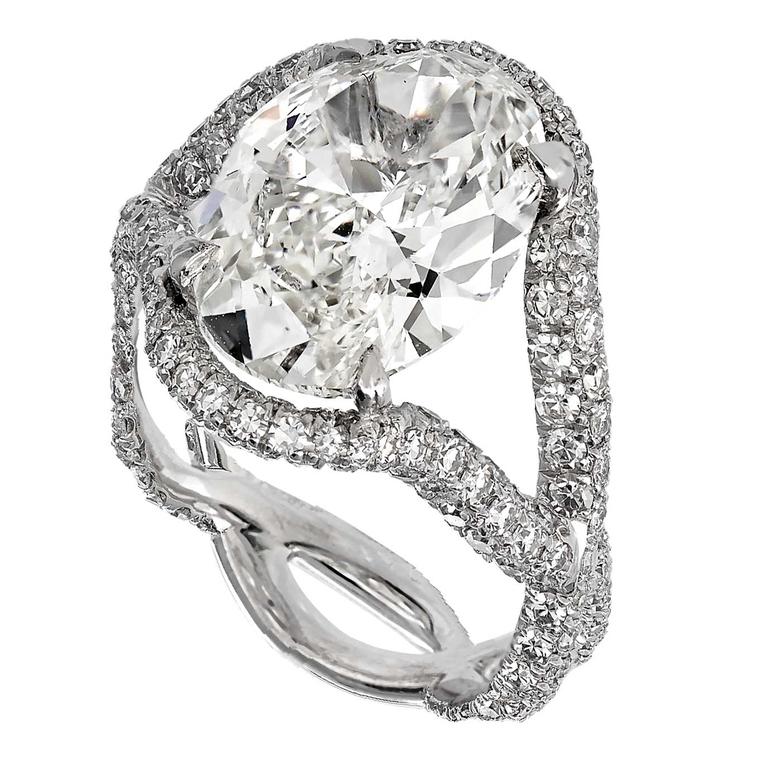
If you are searching for an engagement ring on Bond Street that you are not likely to encounter any diamonds with a clarity grade below VS2. Gemma Clark, sales partner and engagement ring specialist at Boodles’ Bond Street flagship store, states:”When a diamond has been rated at VS2 clarity or over, the inclusions don’t affect the overall look of the rock. In the event the quality drops below this then you have the potential to observe the natural defects, which might impact the look adversely. When there’s an addition in the incorrect place then it could be mirrored several times, which makes the stone look very faulty.”
Approximately half of diamonds bought fall to the VS1-VS2 class, where you are able to find a visually perfect diamond to get a fraction of what you’d pay for a really perfect gem.
Another thing to keep in mind is the fact that clarity shouldn’t be looked at in isolation when buying a diamond but has to be considered along with another important aspects which compose the 4Cs. In reality, Jeremy Morris considers that emotion should remain secondary to color when choosing a diamond engagement ring. He states:”Obviously it’s important when buying diamondshence its inclusion in the 4Cs, but the attractiveness of a white gemstone is indeed wonderful that it simplifies a couple of inclusions.”
The cut of a diamond and its own weight also come into play if you are deliberating what emotion level is the right for you. The wide, horizontal facets of measure cuts such as the emerald and Asscher cuts will accentuate any imperfections in the diamond therefore any inclusions below VS2 will be inclined to be observable to the naked eye. A brilliant-cut diamond, on the other hand, can help disguise inclusions by dividing the light because it’s reflected from the numerous aspects on the bead’s surface. The dimensions of the diamond makes a difference as imperfections are easier to find in bigger stones. SI2 inclusions are usually observable in diamonds over 1.00 carat and in case you are taking a look at a diamond within 2.00 carats, many jewellers would recommend a clarity grade of VS2.
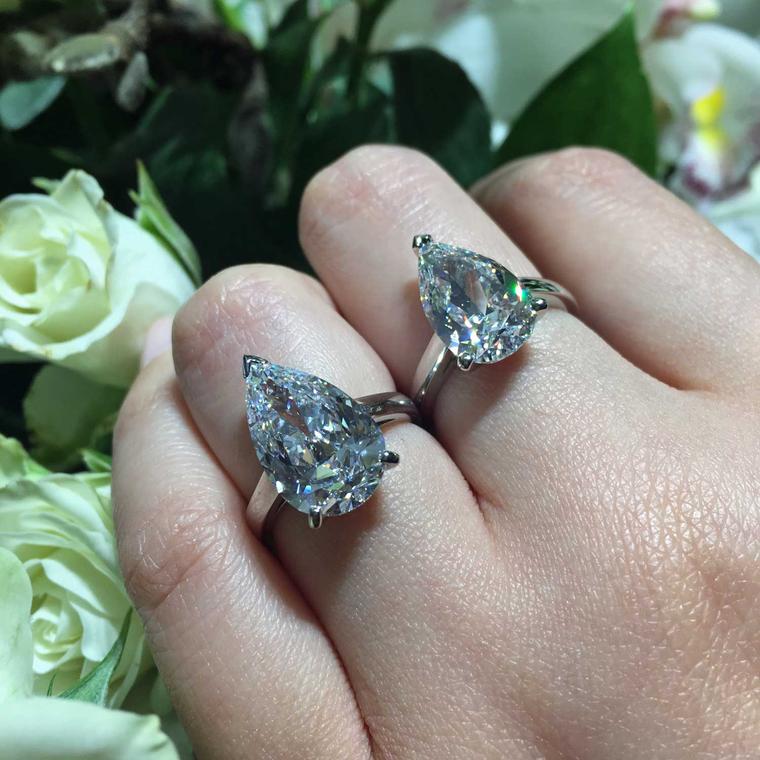
In the long run, how far you’re ready to compromise clarity to receive your dream engagement ring is a really personal choice. Each pearl is as distinctive as its proprietor, despite the fact that there’s not any substitute for comparing stone side by side, understanding how to inform your IF out of the VVS and SI can assist you in making an educated decision in your budget.
